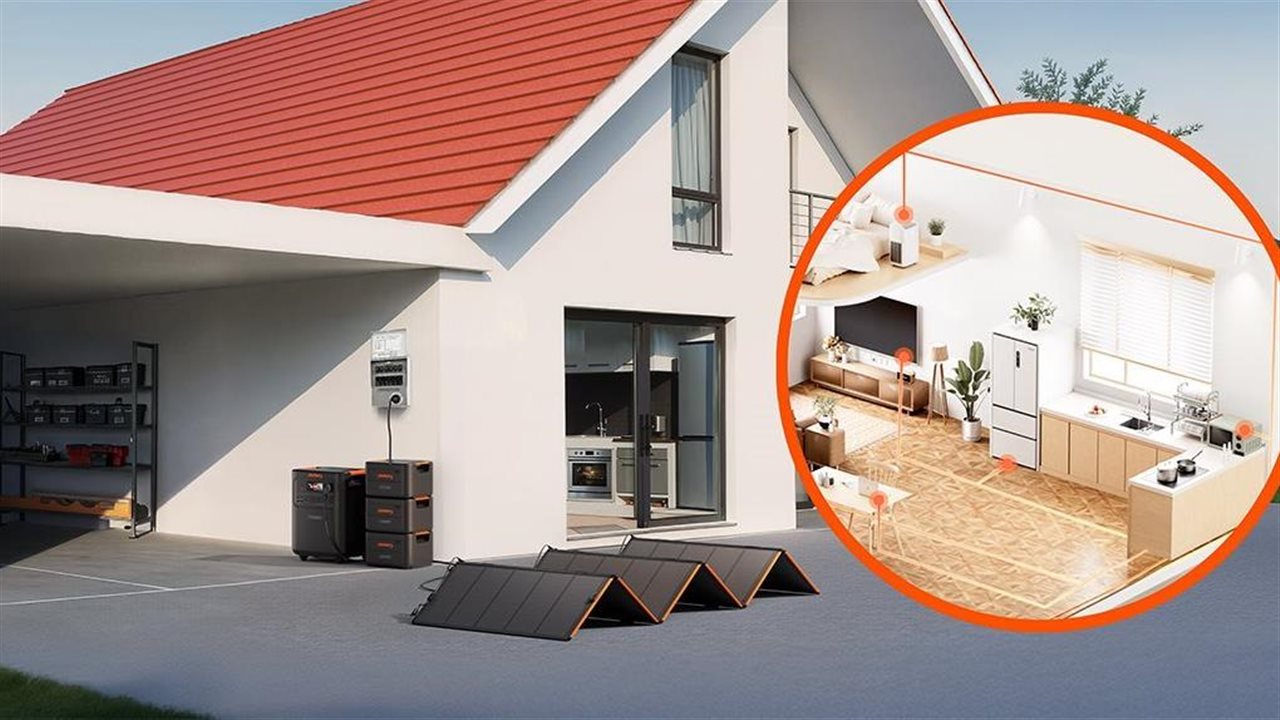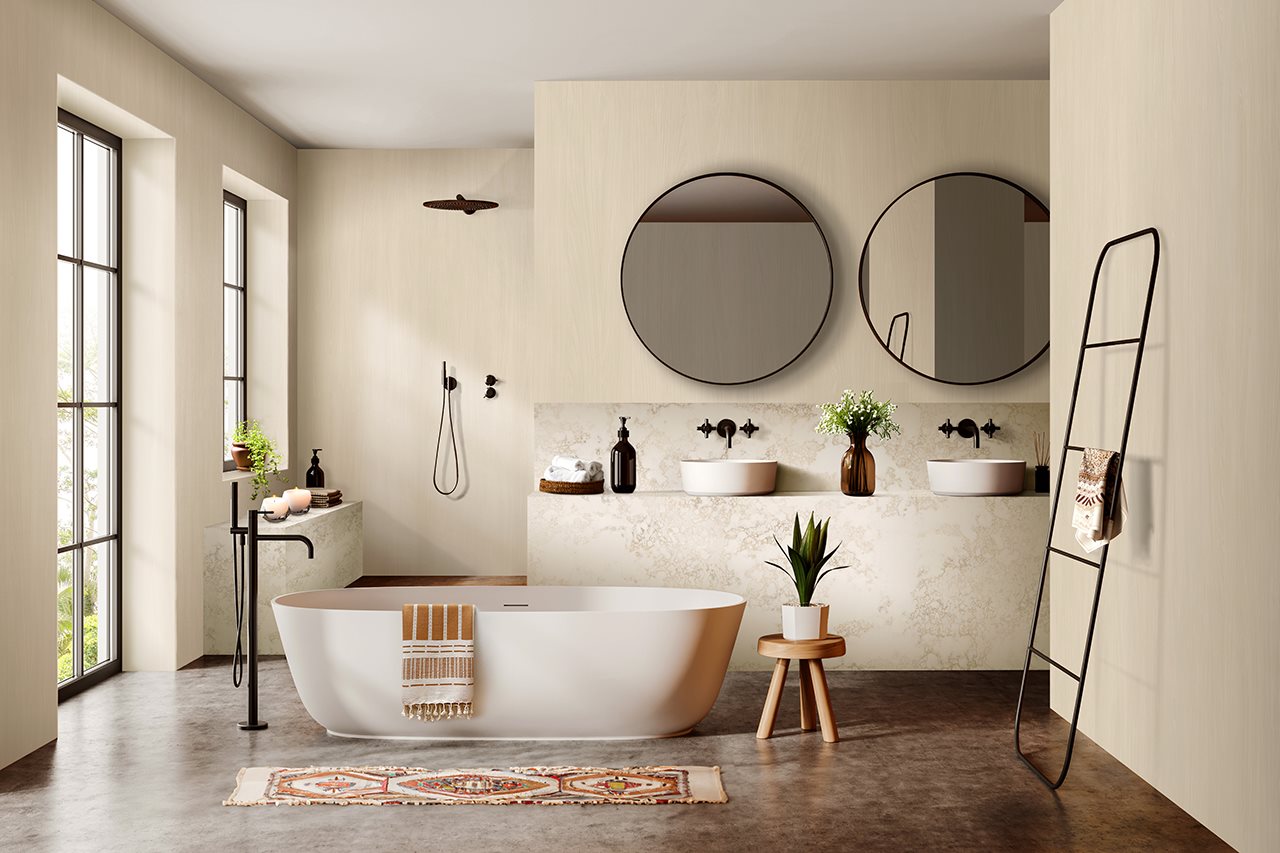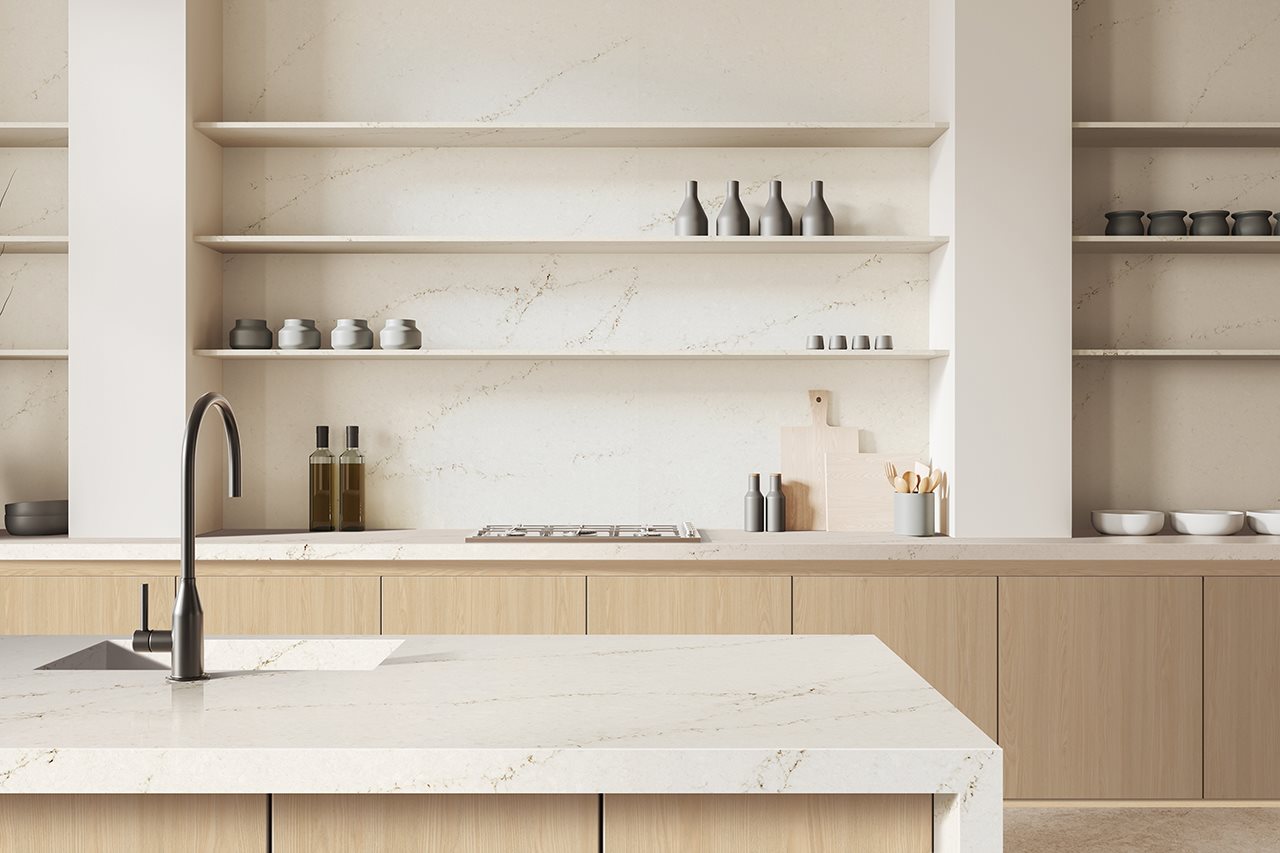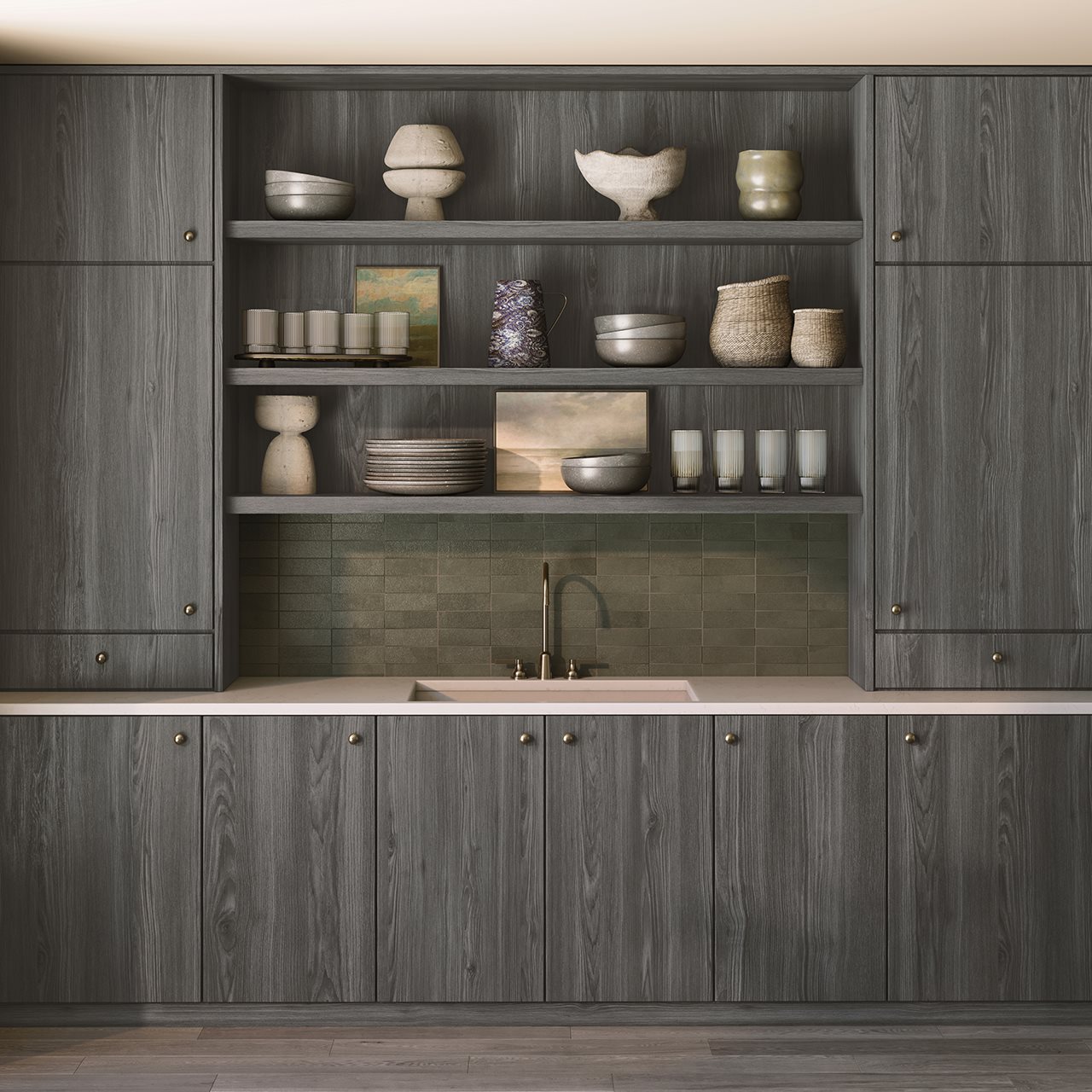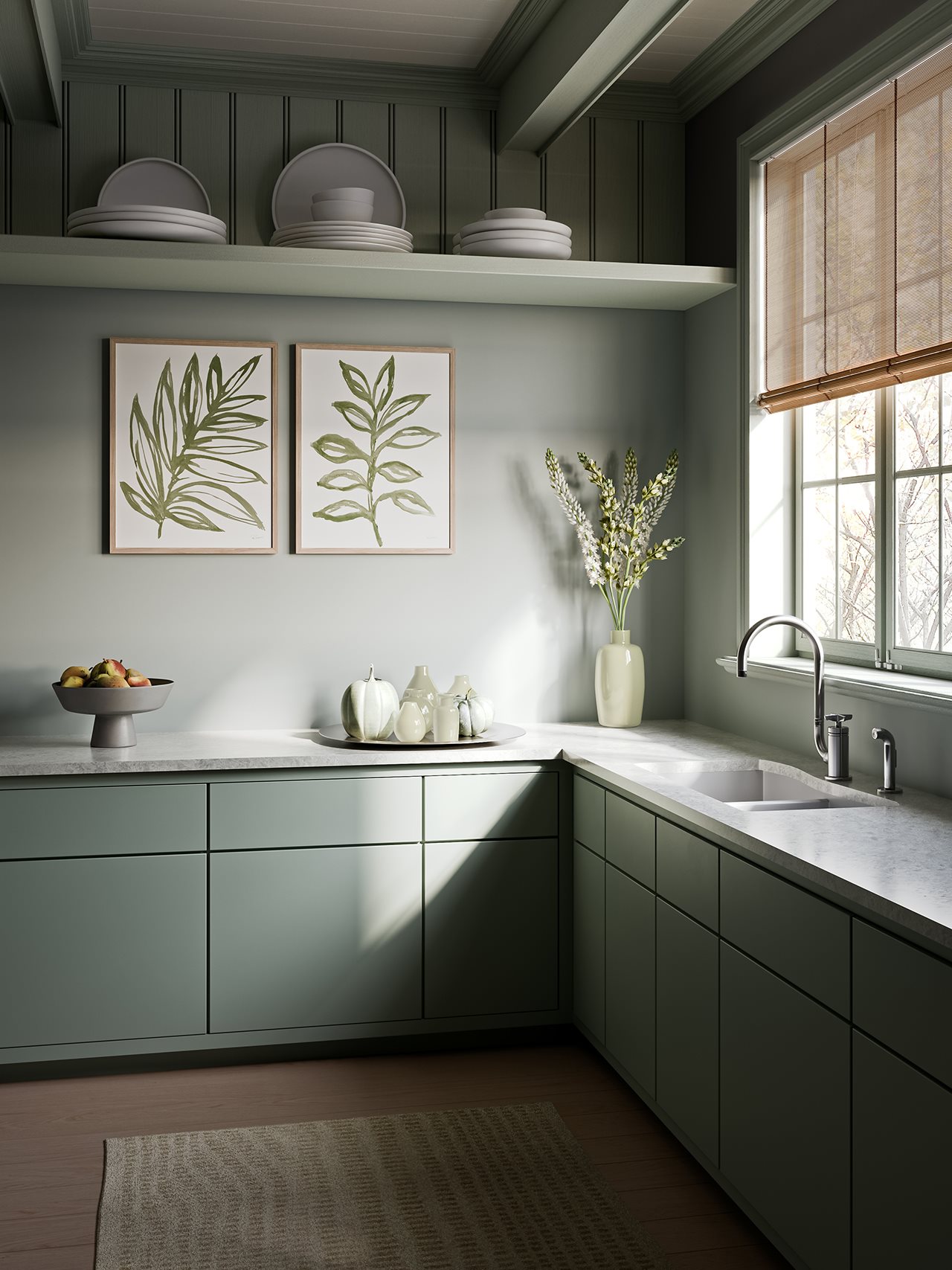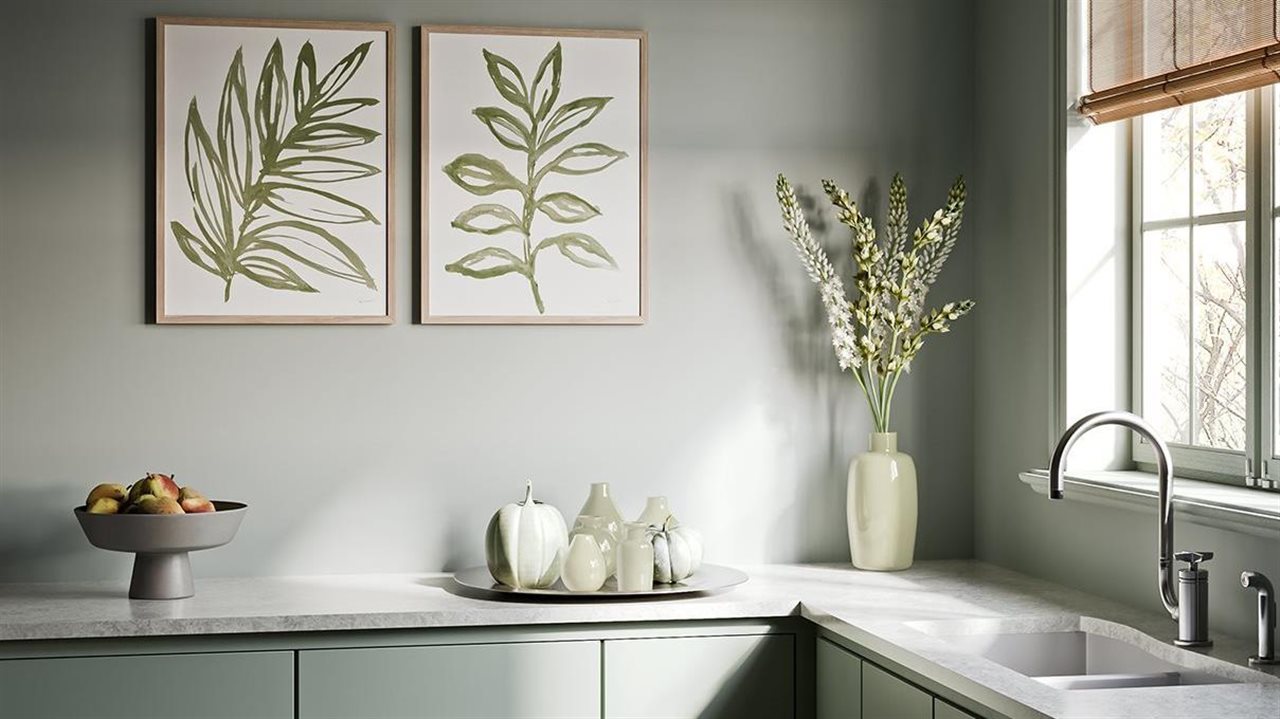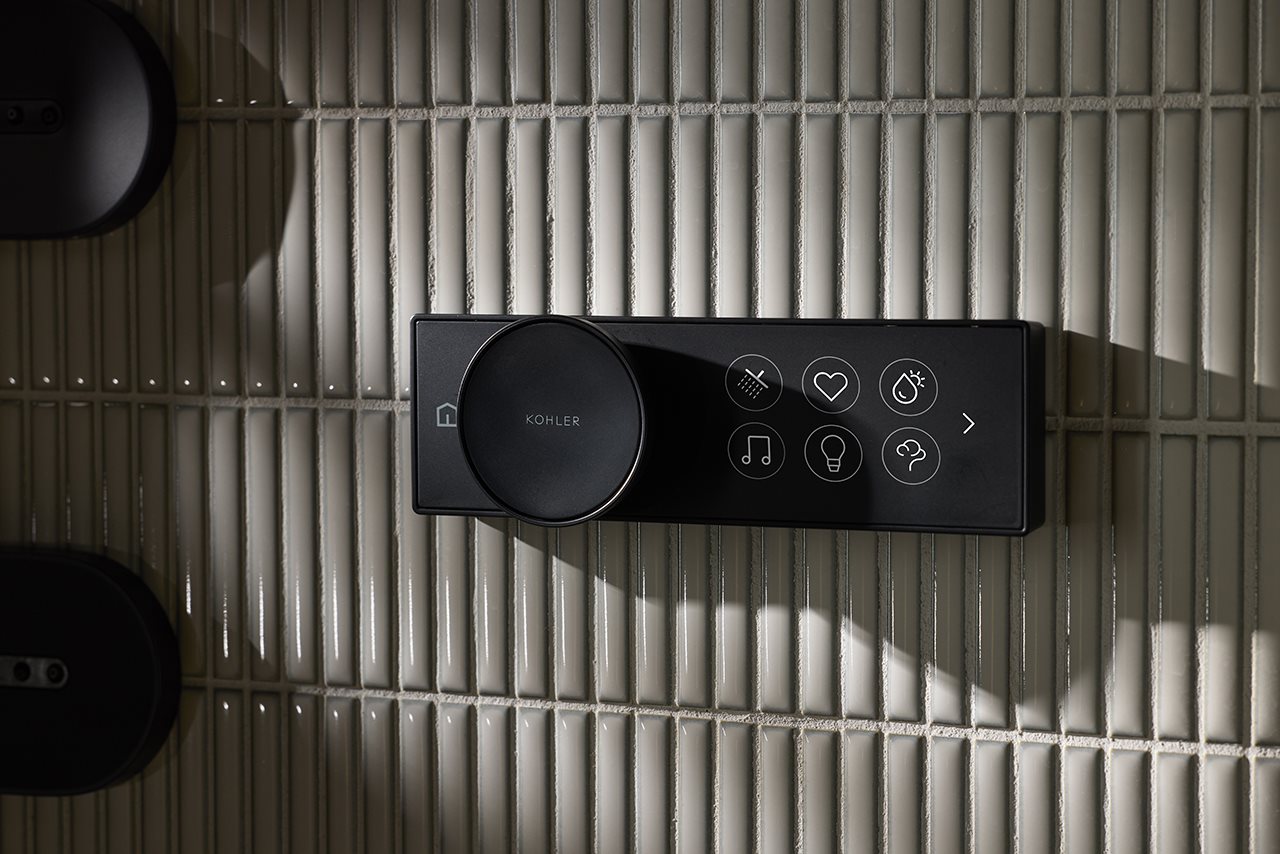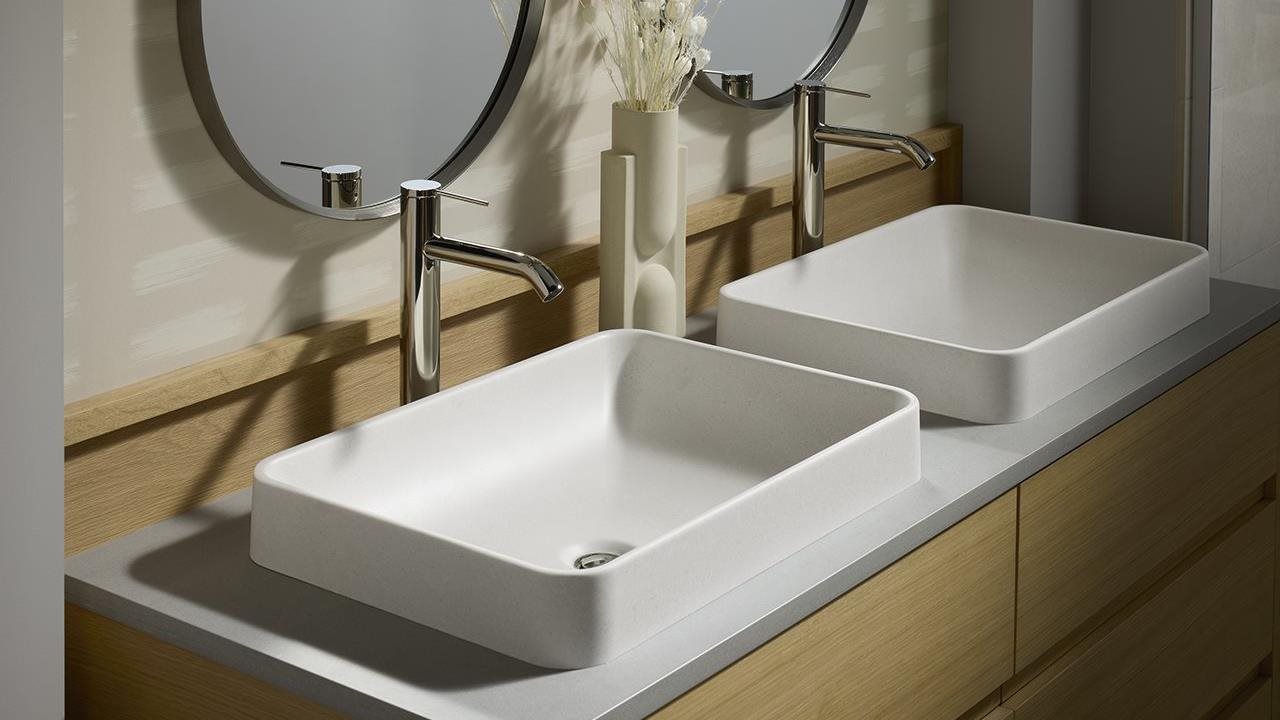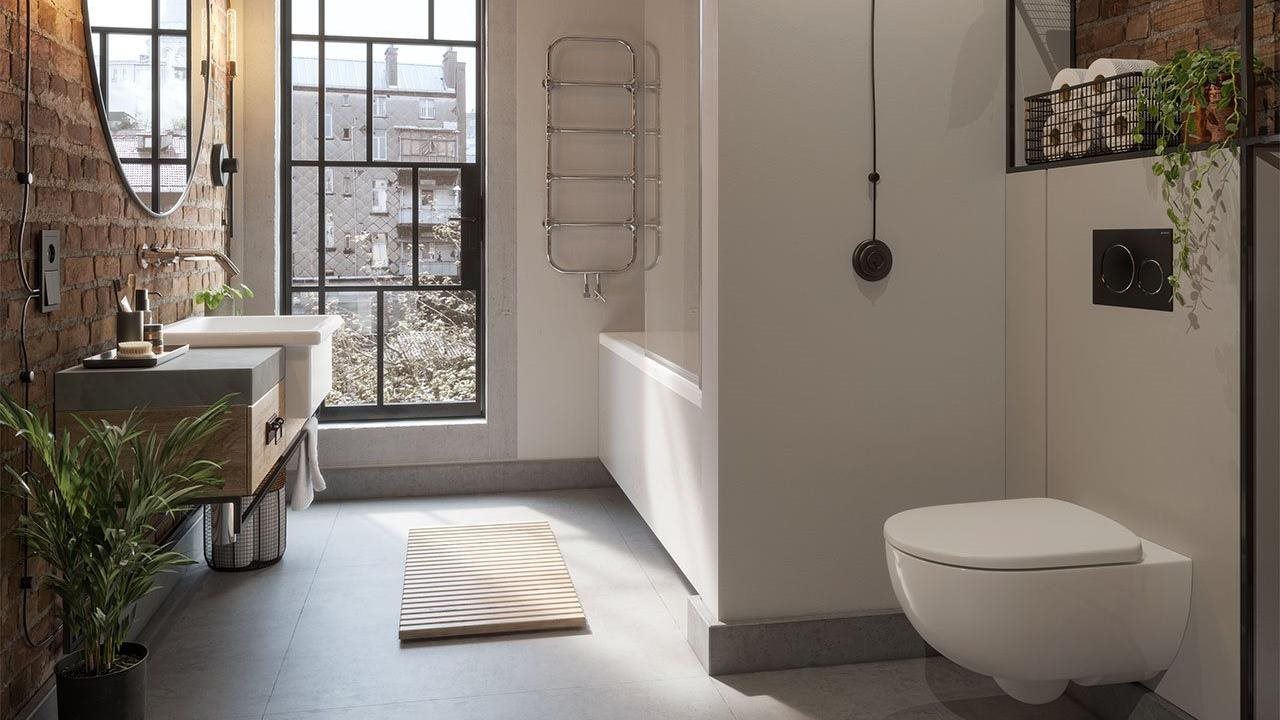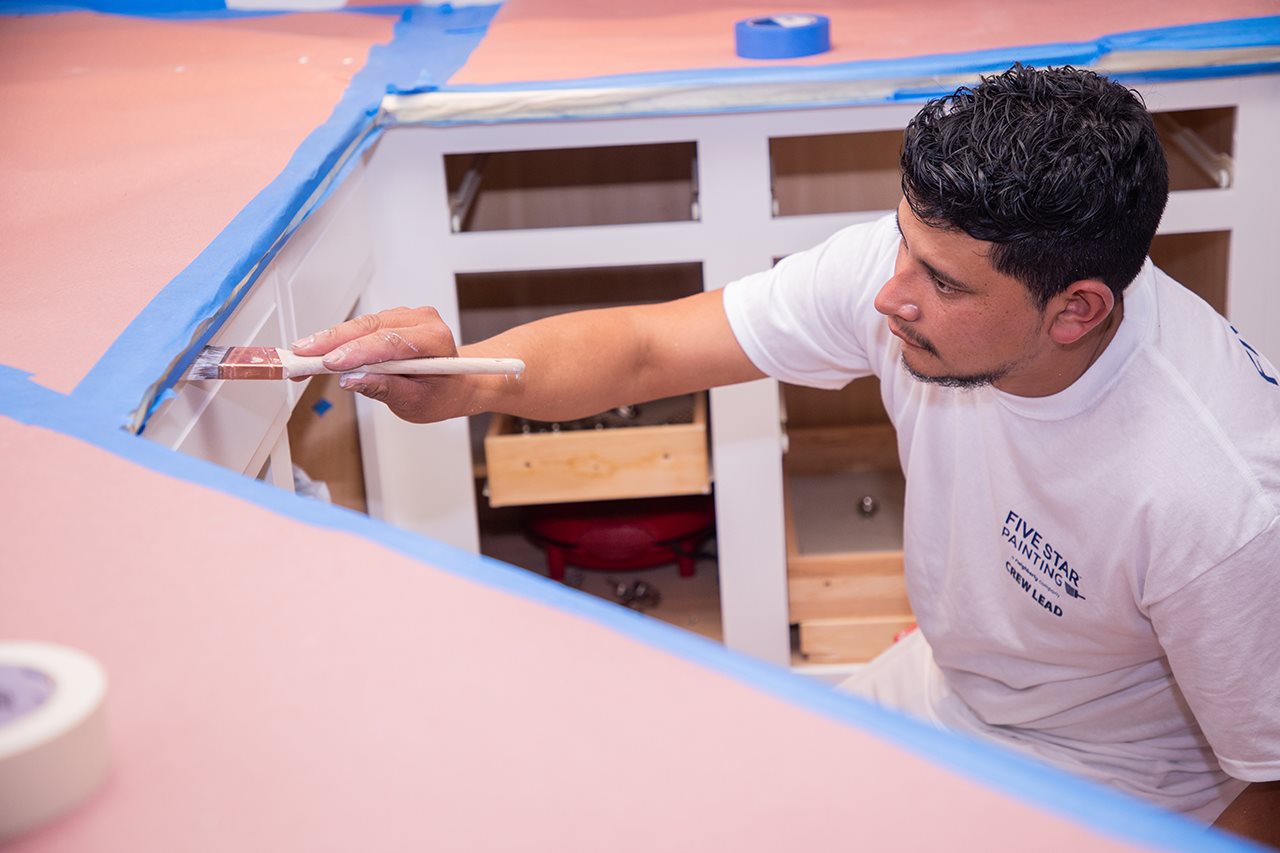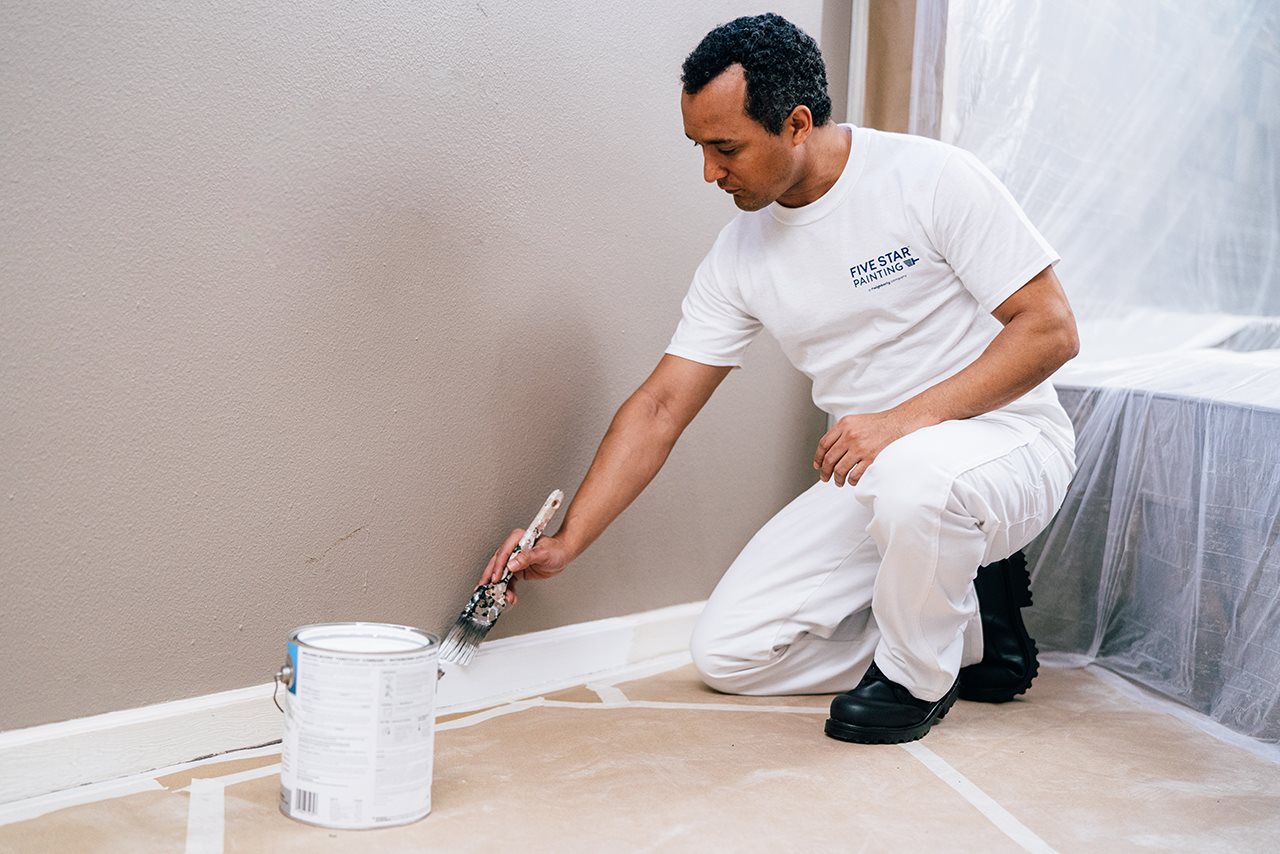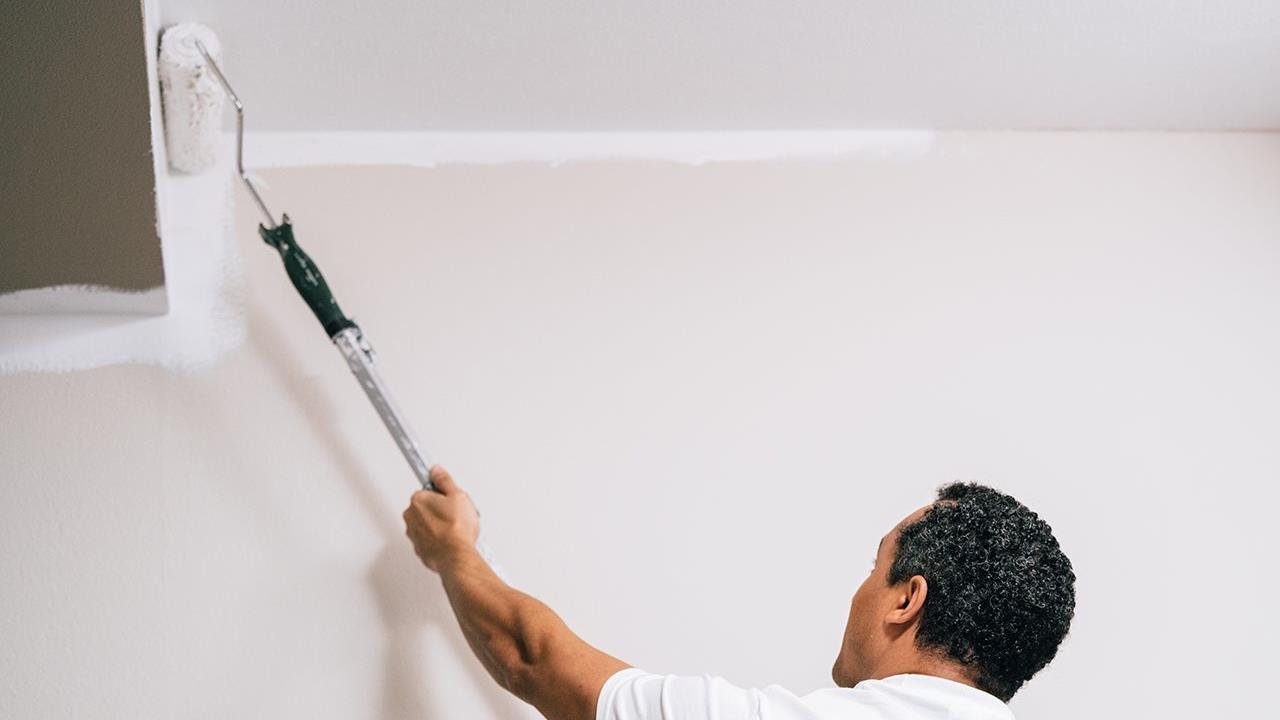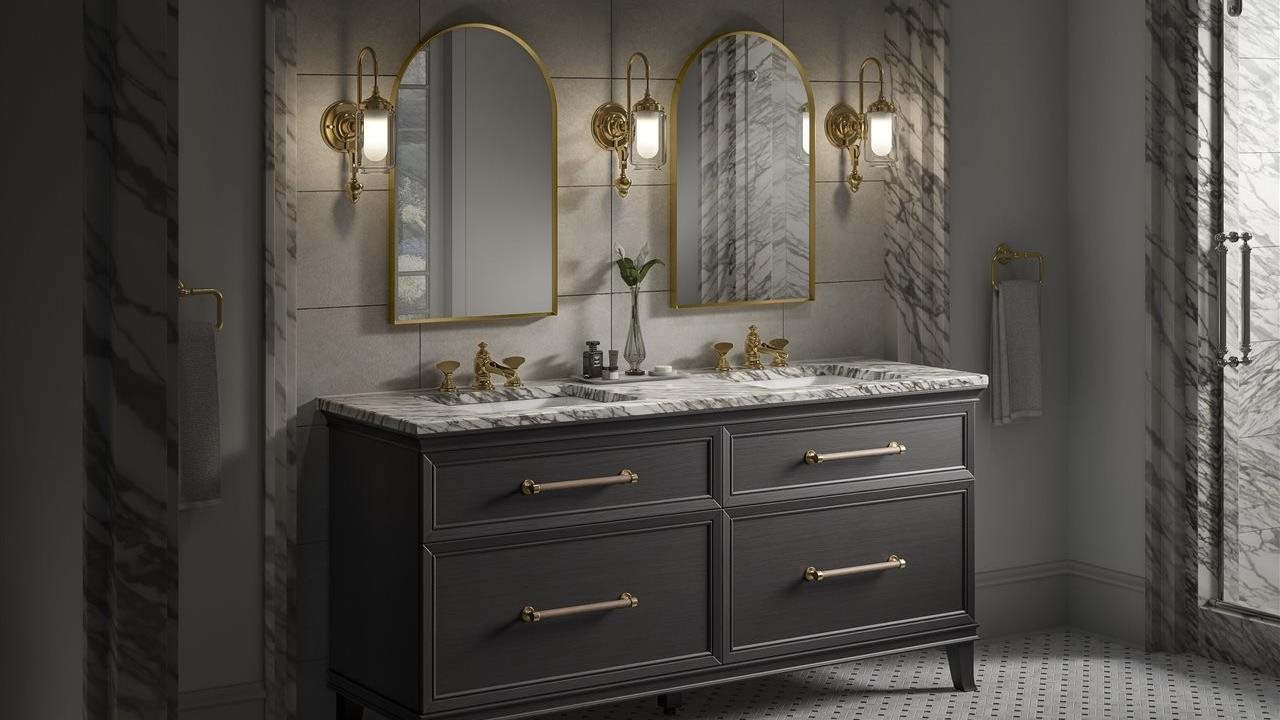2025-10-02T14:01:00
(BPT) – In the U.S. today, low-income families face a shortage of over 7 million affordable homes. This housing shortage, coupled with the scarcity of low-income rental opportunities, is leading to a crisis that has caused homelessness to increase nationwide.
The crucial need for families to find safe, affordable homes spurs the urgent efforts of a number of non-profit organizations around the country, such as the well-known Habitat for Humanity. The organization is driven by the vision that everyone needs a decent place to live. Habitat homeowners are also empowered by helping to build their own homes alongside volunteers, and they pay an affordable mortgage.
Habitat for Humanity benefits from sponsorship by companies that can provide sustainable, resilient and climate-resistant building materials. For example, James Hardie Building Projects, a North American leader in fiber cement exterior design solutions, shows its ongoing support through sponsorship of the Habitat for Humanity 2025 Jimmy & Rosalynn Carter Work Project and their Habitat Strong efforts.
Impacts of climate on the housing market
From causing homes to be more vulnerable to damage to dramatically increasing insurance costs, extreme weather events are exacerbating the housing crisis in many areas of the country. This makes it even more important for the Habitat Strong initiative to concentrate its efforts on climate-resilient housing.
To help support this aim, James Hardie is focusing on constructing homes that can withstand extreme weather events while maintaining their affordability and energy efficiency. James Hardie’s durable siding products play a critical role as they are noncombustible* and provide unparalleled protection against moisture, pests and severe weather. Together with Habitat, the company is helping families thrive in their homes while also preparing for the increasing impacts of climate change.

Meeting local affordable housing needs, one project at a time
With continuing focus on sustainable, resilient and affordable housing, the Habitat Strong efforts aim to empower families and communities in the U.S. and internationally, while also advancing solutions to the world’s most pressing housing challenges, project by project.
For example, in Austin, Texas, the flagship event for the Habitat for Humanity 2025 Jimmy & Rosalynn Carter Work Project represents the organization’s legacy of bringing people together to build homes and communities by focusing on the urgent need for affordable, sustainable housing.
As a Dream Builder sponsor, James Hardie will support construction of safe, affordable homes in Austin, and contribute to the project’s larger goal of uplifting the lives of homeowners who face housing insecurity.
Giving back through focused fundraising
To continue making a difference toward easing the housing crisis, the 2025 inaugural James Hardie™ Pro Football Hall of Fame Invitational event raised significant funds to support the work of Habitat for Humanity, with donations contributing directly to the construction of new homes.
The fundraising efforts of the Invitational have made lasting impacts, including construction of a home built in collaboration with the Pro Football Hall of Fame in Canton, Ohio, in 2024. This positive momentum continues as James Hardie looks forward to the 2026 Invitational and anticipated contributions to affordable housing initiatives.
World Habitat Day and beyond
James Hardie celebrates World Habitat Day on October 6 with renewed support for Habitat for Humanity at a time when finding affordable housing is becoming increasingly challenging for many families. Through financial donations, volunteering or building awareness, Habitat and its corporate sponsors work to help families achieve greater stability and self-reliance through affordable, safe, climate-resilient housing.
The commitment from James Hardie helps Habitat for Humanity continue their life-changing work in communities around the country, through projects and initiatives that meet the needs of the moment — from their focus on affordable housing to using more energy-efficient and climate-ready modern materials like Hardie® products.
Learn more about James Hardie’s ongoing support for Habitat for Humanity and their Habitat Strong program, as well as the company’s products, by visiting JamesHardie.com.
*Hardie® fiber cement products are noncombustible and/or have a Class A fire rating when tested in accordance with ASTM E84. Fiber cement fire resistance does not extend to applied paints or coatings, which may be damaged or char when exposed to flames. The use of noncombustible siding, combined with other fire mitigation measures, may help harden a home against external fire.


